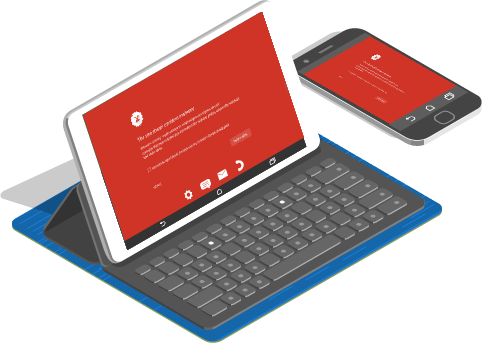Website Security - How to Secure and Protect Your Website
Website security can seem like an intimidating topic. There are so many potential threats, it can seem practically impossible to stay on top of them all. Cybersecurity itself is indeed a demanding and fast-moving profession. From an SMB’s perspective, however, it’s possible to implement robust website security with a combination of effective management and some affordable software tools. Here is what you need to know.
It’s vital to keep website security front and center at all times
This may sound like stating the obvious, but it’s amazing how easy it is to overlook. This is particularly likely for SMBs because they are likely to be working to tight budgets and/or under time pressure.
In blunt terms, if you can’t afford to do something safely, then just don’t do it. Use a workaround, even if it’s not ideal until you can afford to do it properly. For example, use a combination of social media and third-party sales platforms until you are in a position to implement a secure website and commit to keeping it secure.

Website security starts from the moment you decide to build a website
Again, this may sound like stating the obvious but it matters. When you buy your domain name, make sure you apply privacy options. When you choose your host, look at security, speed, page-uptime, customer service, and technical support. Only then consider the price. When you design your website, think about the tools you use. In particular, be careful about your choice of the content management system and third-party extensions.
When you get into the process of building (and developing) your website, put security first, functionality second, and aesthetics third. Specify your end goal. Work out the safest way to make this happen. Work out the most functionally efficient path to make this happen. Then work out how to make it look good.
Commit to updating your website as necessary
It’s important to be clear about the fact that cybercriminals have always worked to try to stay one step ahead of the cybersecurity industry. Now, they have even more incentive to do so because there are more opportunities for them to make money from their crimes.
The good news is that you do not have to keep apprised of every development in website security. You just need to commit to updating any software you use as soon as the updates are released (after testing) and keeping informed of current best-practices so that you can implement them as a priority.
What do I need to Secure My Website?
- Invest in key security tools
- Remember that bandwidth has security value
- Be aware that your users are often your biggest vulnerability
These days, if you have a website, then you need a website vulnerability scanner. Different vendors will all have their own take on what that means, but the core of any decent product will be an anti-malware scanner and a web applications firewall. You also want a ping-testing service (this may well be included, albeit not necessarily under that name).
You might also want to consider signing up for a DDoS mitigation service. These work along similar lines to firewalls, but they are specifically optimized for DDoS and only activate when DDoS attacks are detected. They can be a great help in processing the high volumes of traffic generated by a DDoS attack.
Your local devices need protection too. All servers, computers (desktop and laptop), and mobile devices (smartphones and tablets) need their own anti-malware product with an integrated firewall. If you have remote and/or mobile users, then it’s a good idea to invest in a virtual private network to compensate for any security issues with third-party internet connections. If you fail to protect these devices then they can become easy targets for cybercriminals looking for data (from servers) or website login details (from computers and mobile devices).
Bandwidth has all kinds of uses. In security terms, the obvious one is to cushion you from the impact of DDoS attacks. The less obvious one is that it makes it possible to undertake key tasks during working hours without causing disruption.
For example, if you have plenty of bandwidth, then your IT team can happily download large patches without having to fend off a stream of complaints. Furthermore, bandwidth makes it easy to use cloud-based services, which are often the most secure solution for SMBs.
This may sound harsh, but remember that people can cause security issues through ignorance as well as malice. In fact, statistically, it’s probably more likely. You, therefore, need to implement measures that persuade or, if necessary, force people to do what you want them to do.
Please click here now to have your website scanned, for free, by cWatch from Comodo.
Related Article





